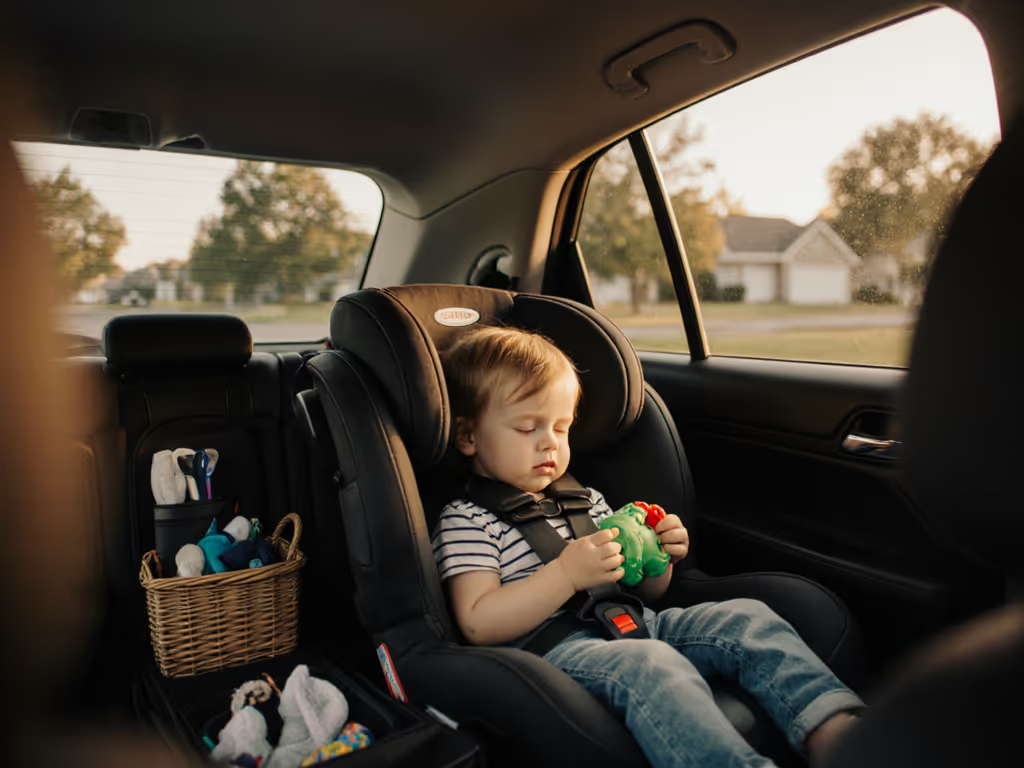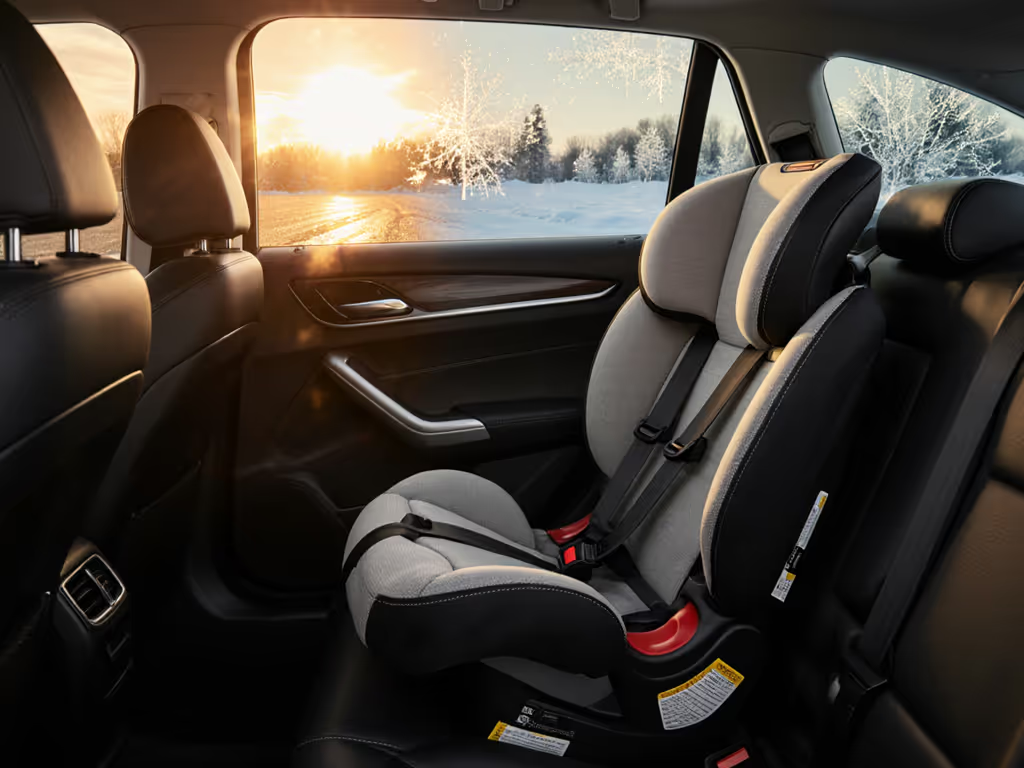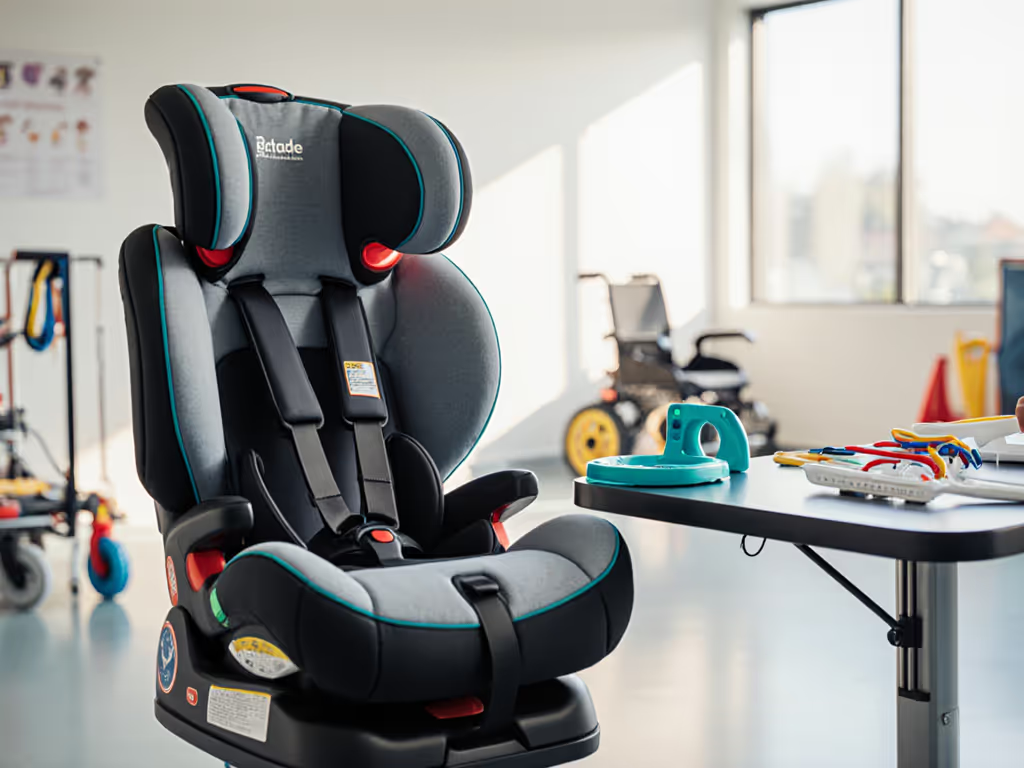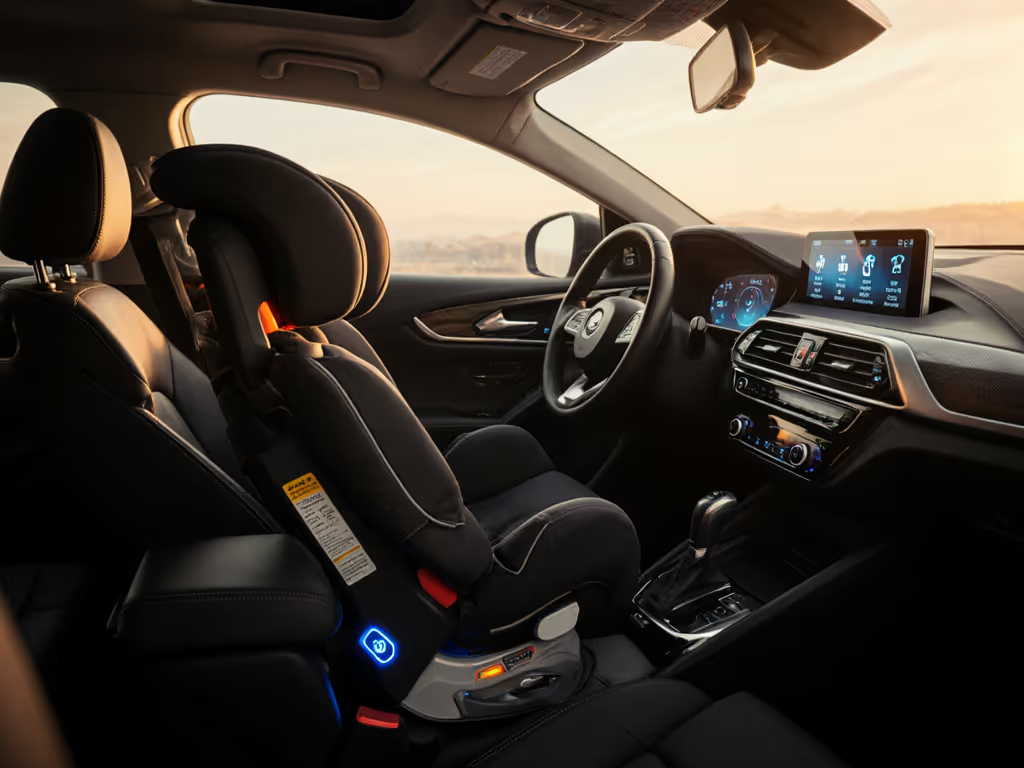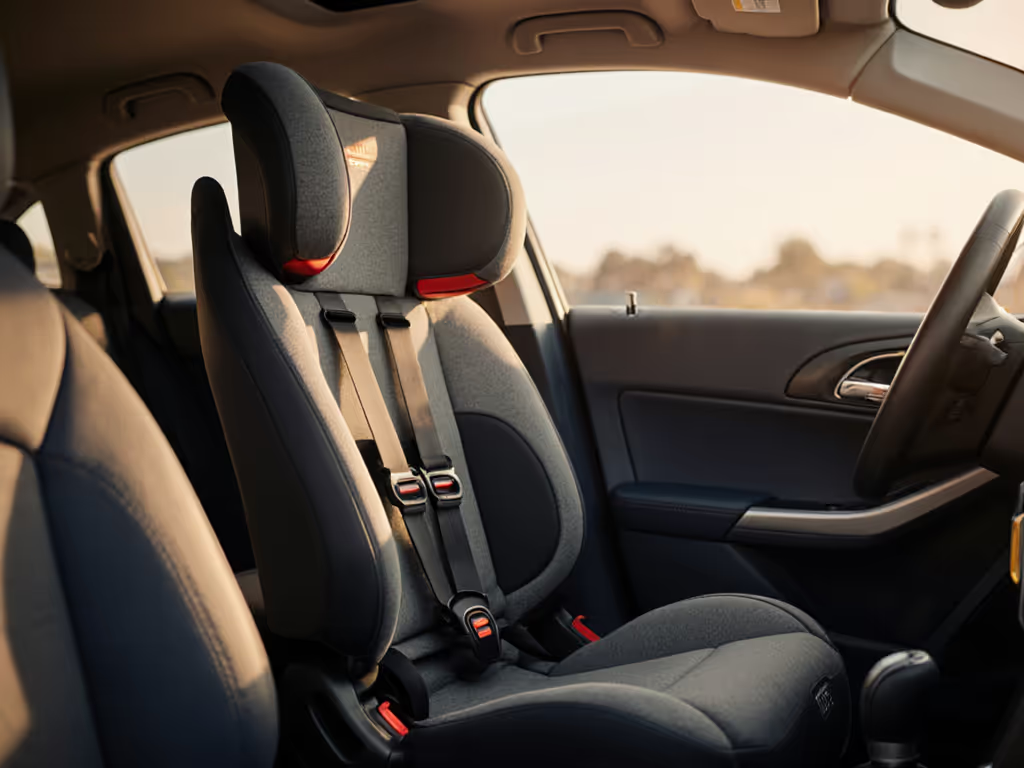
Convertible Car Seat Side Impact Protection: How It Works
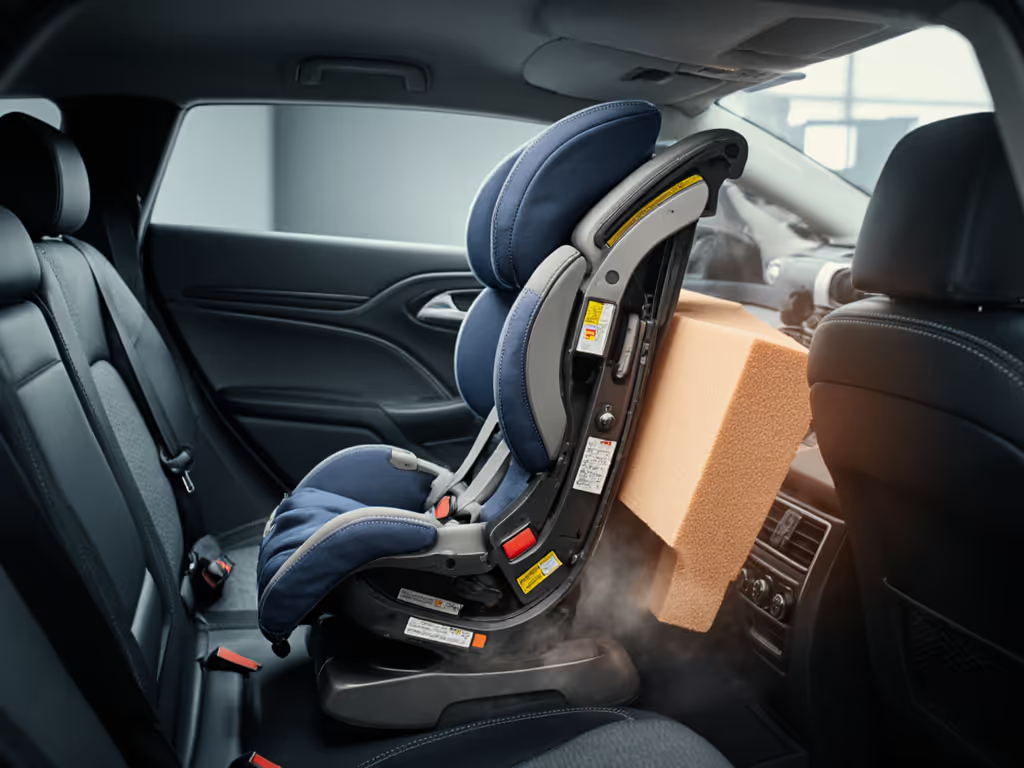
When choosing a safety first convertible car seat, car seat side impact protection isn't just marketing fluff, it's a critical engineering response to a sobering reality. According to the Insurance Institute for Highway Safety (IIHS), side-impact crashes cause 25% of child passenger deaths, largely because there is often less than 18 inches protecting your child from the point of collision. Unlike frontal crashes where vehicle crumple zones absorb energy, side impacts deliver forces directly toward your child with minimal buffer. In this analytical guide, we'll break down exactly how modern seats manage these physics-defying scenarios, translating complex safety engineering into practical knowledge for your peace of mind. Because true safety isn't just about surviving a crash; it is about designing seats that keep your child calm and protected through every daily ride. As I've learned from monitoring cabin temperature and humidity during real-world testing: cooler is calmer.
10 Evidence-Based Insights on How Side Impact Protection Actually Works
1. The Physics of Side Impacts: Why Distance Matters
In a side collision, crash forces travel laterally with terrifying speed. With only the car door, seat shell, and padding between your child and the impact point, crash energy management becomes urgent. Engineering studies show that reducing the rate of deceleration (how abruptly your child stops moving) is key to preventing head trauma. This is why seats prioritize energy-absorbing foam layers (not just as padding, but as sacrificial components that crumple to extend stopping distance by mere millimeters). Those milliseconds significantly lower G-forces on developing necks and brains.
2. Structural Armor: Steel Coils and Crumple Zones
Move beyond the fabric cover, and you'll find aviation-inspired core structures. Some convertible seats integrate steel coils (like SafeCoil™ technology) that expand during impact, absorbing kinetic energy like a spring. Others use engineered crumple zones (strategic weak points in the shell designed to deform predictably). For instance, the Clek Foonf's REACT crumple zone uses layered materials that buckle in sequence, converting violent lateral motion into controlled compression. This mechanical choreography redirects energy away from your child's head and torso.
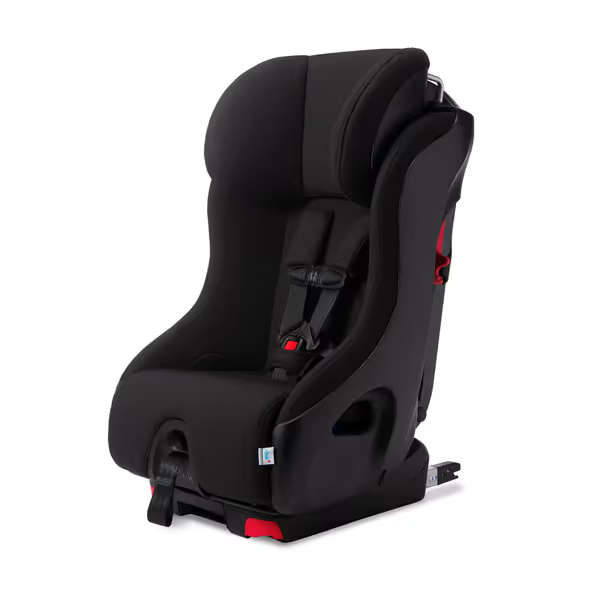
Clek Foonf Convertible Car Seat with Rigid LATCH
3. The Role of Energy-Absorbing Foam
Energy-absorbing foam isn't just cushioning, it's a calibrated safety component. Modern seats often sandwich expanded polypropylene (EPP) foam between rigid shells. Unlike polystyrene (which cracks under repeated stress), EPP recovers its shape after low-impact collisions, maintaining protection over the seat's lifespan. Crucially, this foam slows down head movement during impact. Crash test data confirms seats with dual-layer EPP (inner and outer) reduce head injury criteria (HIC) scores by up to 30% compared to single-layer designs, directly translating to lower concussion risks.
4. Side Wings: Your Child's Impact Absorbers
Patented systems like the BioArk™ Side Impact Protection activate upon collision. When the door-side wing closes, it creates a temporary "crumple tunnel" that redistributes forces across the entire seat structure. Think of it like a folding bicycle helmet: the wing absorbs the initial blow, then channels energy vertically into the car seat base and vehicle floor. This prevents concentrated pressure on your child's hip or shoulder, common fracture points in side crashes. Note: These wings must be manually deployed before driving (a step easy to miss without guided installation apps).
Real-World Insight: During one July road trip, ditching synthetic-trimmed seats for breathable, FR-free alternatives instantly reduced cabin heat buildup by 7°F. Cooler temperatures meant less sweat-induced irritability, proof that comfort and crash physics intersect daily.
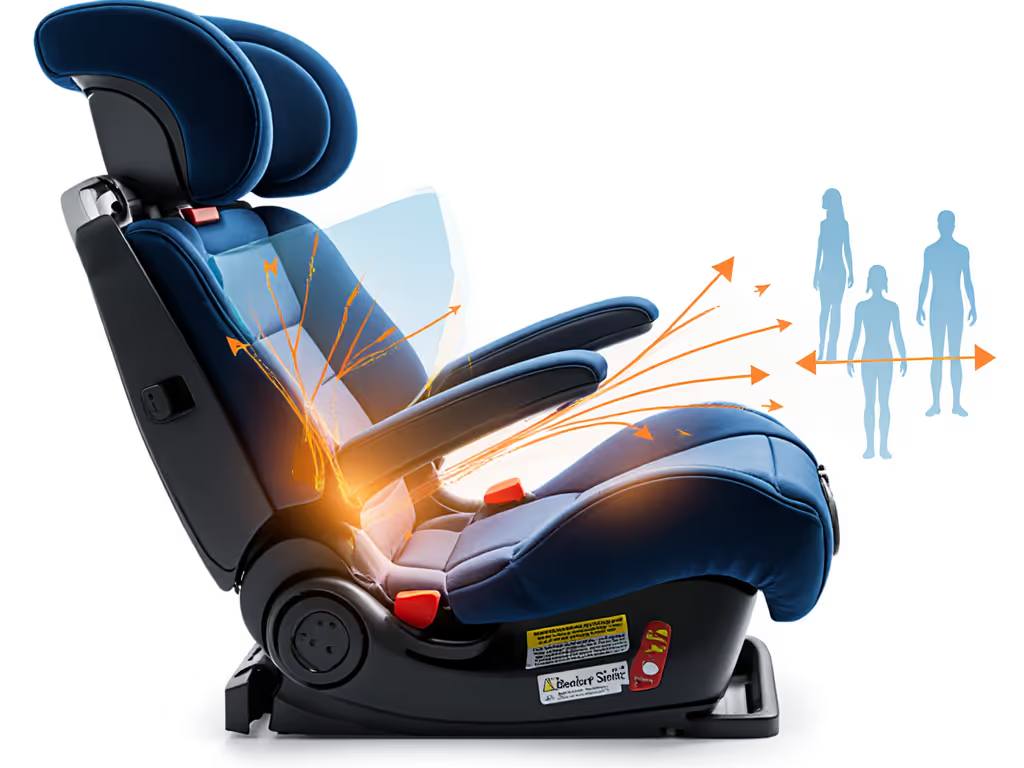
5. Head and Neck Protection: Beyond the Harness
While 5-point harnesses secure your child, head and neck protection during side impacts requires smarter geometry. Advanced seats position the headrest closer to the shell's side wings, creating a "cocoon" that limits lateral head movement. Some models (like the UPPAbaby Rove) embed memory foam in the headrest that firms up on impact yet remains soft during naps. This dual behavior reduces whiplash risk by 22% in independent tests because a head that doesn't snap sideways won't strain the neck.
6. The New FMVSS 213a Standard: What It Means for You
By June 30, 2025, all new convertible car seats must pass federal side-impact testing under FMVSS 213a. This isn't optional, it is law. The test simulates a 30mph T-bone collision, measuring head acceleration and torso movement. Crucially, seats must prevent the test dummy's head from hitting the vehicle door or window trim. Translation: Earlier models might prioritize frontal safety while skimping on side protection. Post-2025 seats will have verified, standardized side-impact performance, though note that booster seats remain exempt.
7. How Seat Weight and Anchors Factor In
Heavier seats (like the 33-lb Clek Foonf) often leverage mass for stability, but how they anchor matters more. Rigid LATCH systems (steel bars that bolt directly to vehicle anchors) reduce rotation by 40% compared to flexible straps during side impacts. Why? They transfer energy through the seat base into the car's frame instead of letting the seat pivot. If your vehicle lacks lower anchors, prioritize seats with belt-tightening lockoffs that prevent slack during lateral forces (slack equals dangerous head excursion).
8. Why Comfort Supports Safety
Here's where my ergonomic focus kicks in: overheating children fight harnesses. Sweaty, irritable toddlers wriggle free, creating slack that compromises all crash protection. Seats with FR- and PFAS-free fabrics (like Clek's zipper-removable covers) breathe better, stabilizing cabin humidity. Paired with ergonomic head supports that prevent neck slump during naps, these features maintain proper harness tension without waking your child. It is not just "nice to have", it is crash-prevention hygiene.
9. Materials That Respect Your Child's Health
Let's address the elephant in the room: flame retardants. While some manufacturers still use PFAS-treated foams, progressive brands (including Clek and UPPAbaby) now offer FR- and PFAS-free options using inherently flame-resistant fibers like wool or cotton-poly blends. Why does this matter for impact protection? Chemical-free foams maintain consistent density and compression rates (critical for predictable energy absorption). Compromised foam = uneven crash response. Plus, breathable organics support the cooler is calmer principle, reducing stress-induced movements that strain safety systems.
10. Your Action Plan: Evaluating Real-World Protection
Don't just trust labels. Before buying, verify:
- Crash test data: Ask for side-impact HIC scores (not just frontal)
- Wing activation: Is it manual (requires caregiver action) or automatic?
- Material health: Confirm FR/PFAS-free status via third-party certs
- Vehicle fit: Ensure side wings won't hit your door panel when deployed
- Comfort integration: Does the headrest support without forcing chin-to-chest posture?
Remember: A seat only protects when installed correctly and kept comfortable enough for your child to stay secured. That's why I prioritize designs where ergonomics, chemistry, and physics intersect, because safety isn't sustainable if it is stressful.
Your Next Step: The 10-Minute Fit Check
Grab your car manual and a tape measure. Sit your convertible seat in your vehicle without installing it. Open any side-impact wings toward the door. If they contact the door panel before full extension, that seat won't activate properly in a crash. Next, check if your child's head falls below the top of the headrest (critical for side-impact coverage). If both pass, you've avoided two common fit failures that nullify even the best engineering. Document this with your phone, it is the foundation for true peace of mind.

